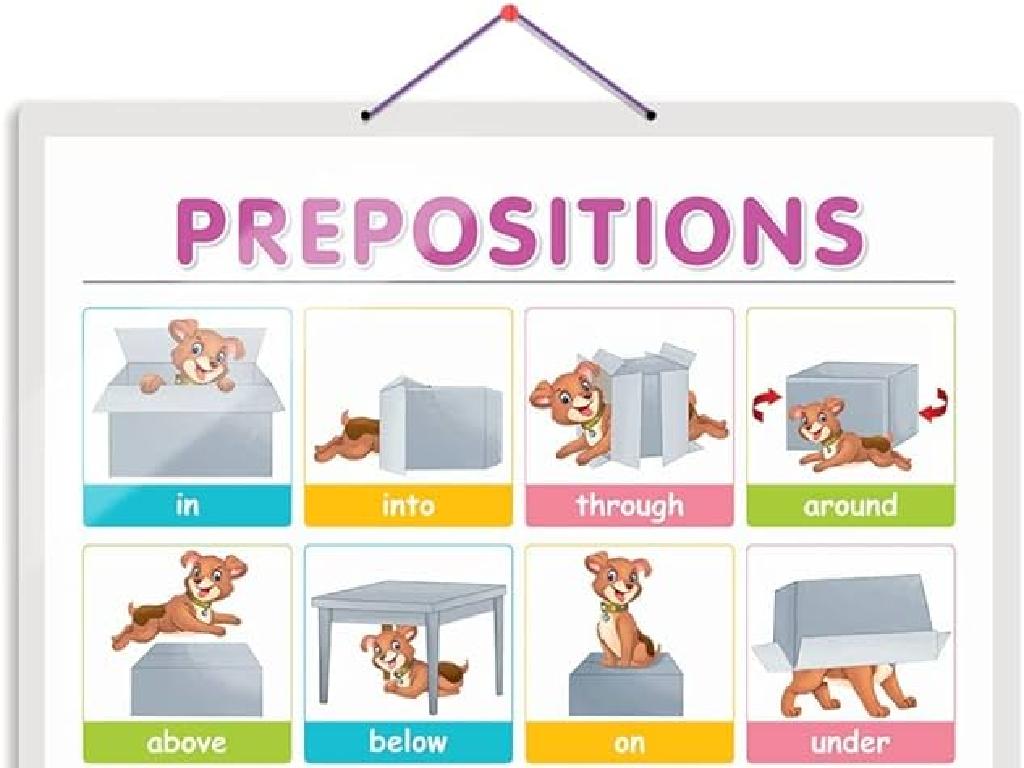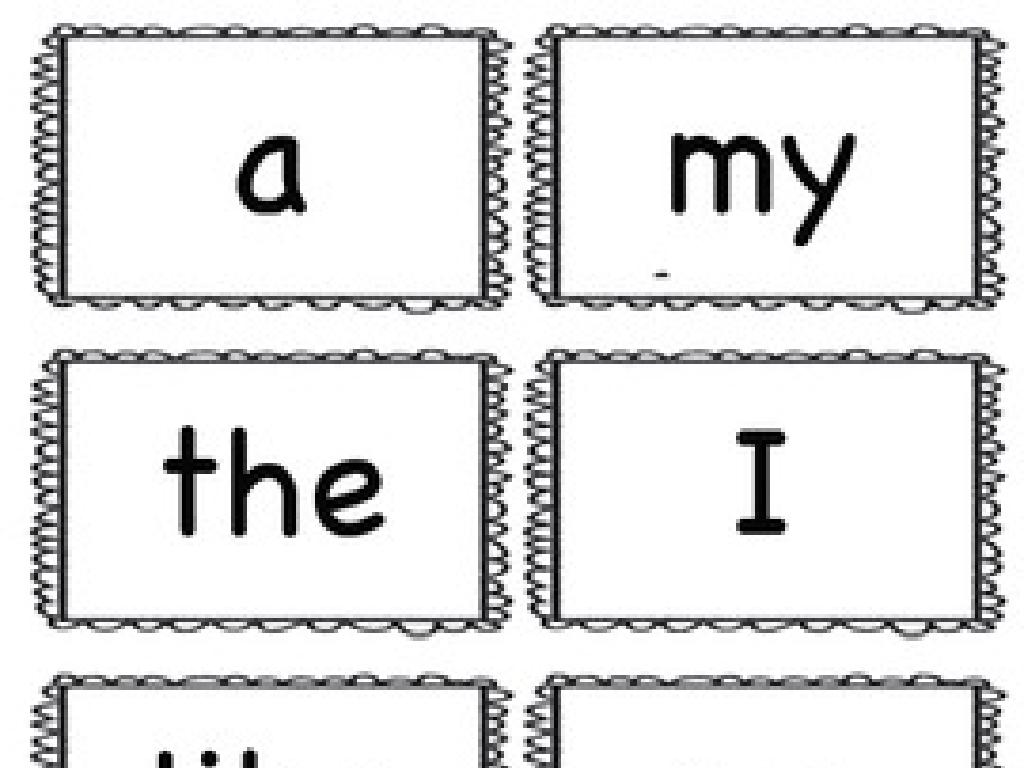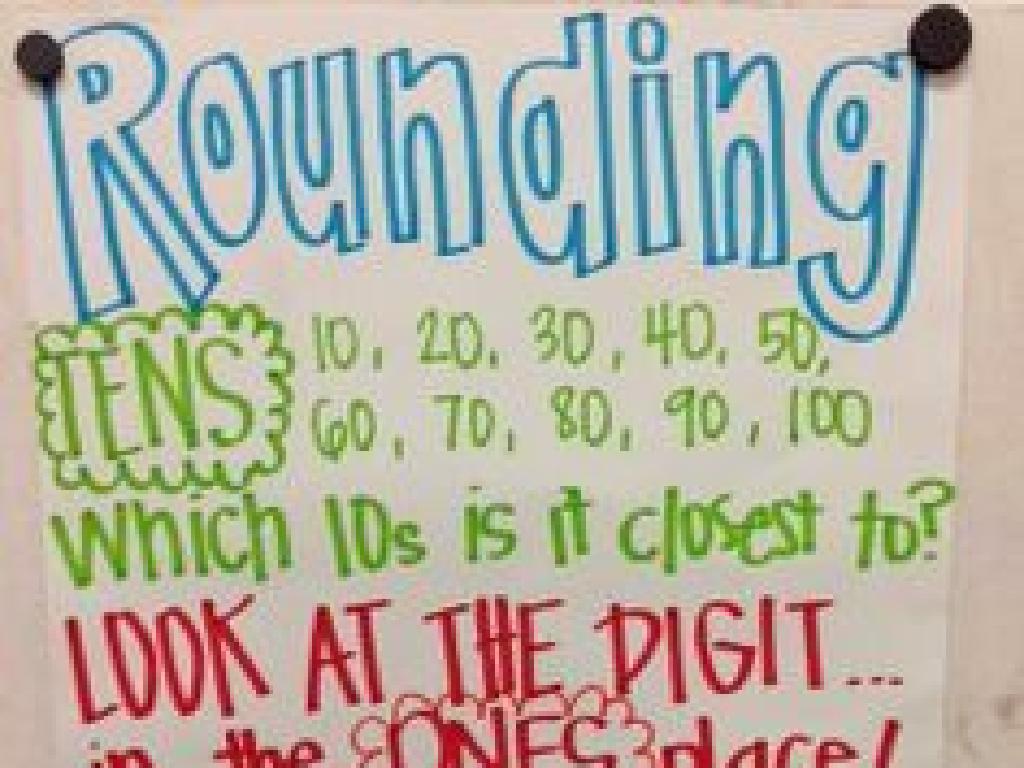Describe And Graph Water On Earth
Subject: Science
Grade: Fifth grade
Topic: Earth'S Systems
Please LOG IN to download the presentation. Access is available to registered users only.
View More Content
Welcome to Earth’s Systems: Water on Earth
– Explore Earth’s Systems
– Significance of Earth’s water
– Water is vital for all life forms on Earth
– Today’s focus: Water description
– Learn how to describe water’s forms and locations
– Graphing Earth’s water distribution
– Use graphs to visualize how water is spread around the planet
|
This slide introduces the concept of Earth’s systems with a focus on the hydrosphere, which encompasses all water on Earth. Emphasize the importance of water for sustaining life and the various forms it takes, including liquid, solid, and gas. Explain that today’s lesson will involve describing these forms and their locations, such as oceans, glaciers, and the atmosphere. Introduce graphing as a tool to help visualize the distribution of water on Earth, which will aid in understanding the vastness of the oceans compared to freshwater sources. Encourage students to think about why water is essential and how its presence in different forms affects the planet’s systems.
The Water Cycle: Earth’s Incredible Journey
– Explore the water cycle
– The continuous movement of water on, above, and below the surface of the Earth.
– Learn key water cycle terms
– Evaporation: water turns to vapor. Condensation: vapor becomes clouds. Precipitation: clouds release rain. Collection: water gathers in bodies.
– Understand water cycle’s role
– It’s a natural recycler, ensuring water is always available for plants, animals, and humans.
– Impact on Earth’s water systems
|
This slide introduces the water cycle, a crucial process that describes how water moves through the Earth’s systems. Begin with a simple explanation of the water cycle, emphasizing its continuous, cyclical nature. Introduce key terms like evaporation, condensation, precipitation, and collection, providing clear definitions and examples for each. Discuss how the water cycle contributes to maintaining Earth’s water systems, supporting all forms of life. Use diagrams to illustrate the cycle visually. Encourage students to think about how the water they drink has been through this cycle and to consider the importance of water conservation in this context.
Distribution of Water on Earth
– Earth’s major water reservoirs
– Oceans, ice caps, groundwater, lakes, rivers
– Comparing saltwater and freshwater
– Oceans are saltwater, lakes and rivers are mostly freshwater
– Why most water isn’t drinkable
– Saltwater and pollution limit drinkability
– Conservation of water resources
|
This slide introduces students to the concept of Earth’s water distribution. It’s important to highlight the different reservoirs where water is found, including oceans, ice caps, groundwater, lakes, and rivers. Emphasize the difference between saltwater and freshwater, explaining that oceans contain saltwater, which is not suitable for drinking, while freshwater is found in lakes and rivers and is essential for life. Discuss the reasons why most of Earth’s water is not drinkable, such as the high salt content in oceans and contamination. Conclude by touching on the importance of conserving water resources to ensure a sustainable supply of freshwater for all living organisms.
Water Conservation: Protecting Earth’s Water
– Importance of conserving water
– Conserving water helps protect Earth’s limited freshwater supplies.
– Daily habits to save water
– Turn off taps, fix leaks, shorter showers, and use rain barrels.
– Technology’s role in conservation
– Innovations like efficient appliances and smart irrigation systems.
– Impact on Earth’s systems
|
This slide aims to educate students on the significance of water conservation and its impact on Earth’s systems. Emphasize that water is a finite resource and conserving it is crucial for sustaining life. Discuss simple daily habits that can contribute to water savings, such as turning off the tap while brushing teeth and taking shorter showers. Highlight the role of technology, such as high-efficiency washing machines and smart irrigation, in reducing water waste. Encourage students to think about how these actions can positively affect the availability of clean water for everyone and the overall health of our planet’s ecosystems.
Graphing Earth’s Water Distribution
– Steps to create a graph
– Choose a graph type, label axes, plot points
– Graph Earth’s water sources
– Use data to show oceans, rivers, ice caps
– Interpret graphs for insights
– Analyze the graph to see where water is most abundant
– Discuss water distribution
|
This slide aims to teach students how to graphically represent data about Earth’s water sources. Start by explaining the types of graphs (bar, line, pie chart) and how to select the appropriate type for the data. Show them how to label the axes and plot points. Provide data on various water sources such as oceans, rivers, lakes, and glaciers, and guide students in creating their own graphs. Once the graphs are created, teach students how to interpret them to understand the distribution of water on Earth, such as the vast majority being in the oceans. Emphasize the importance of visual representation in science for better understanding and communication of information.
Class Activity: Water Distribution Graph
– Create a graph on paper
– Use colors to show water types
– Oceans, glaciers, groundwater, and more
– Discuss findings with a partner
– Share what surprised you or was new
– Present your graph to the class
|
Students will visually represent the distribution of water on Earth by creating a graph. Provide each pair with graph paper, colored pencils, and a data sheet showing the percentages of water in different reservoirs (oceans, ice caps, groundwater, etc.). Encourage creativity in their graph designs while maintaining accuracy. After completing the graphs, students should discuss their findings with their partner, focusing on any surprising data. Conclude the activity with presentations where each pair shares their graph and discusses their insights. This will help them understand the vast majority of Earth’s water is in the oceans and only a small fraction is fresh water available for human use.
Conclusion: Water on Earth
– Recap: Earth’s water importance
– Insights from our water graphs
– What patterns did we notice about water distribution?
– Questions about water conservation
– Share your thoughts on saving water
– How can we use less water daily?
|
This slide aims to wrap up our lesson on Earth’s water systems by emphasizing the importance of water to life on Earth. We’ll revisit the key points from our graphs, such as the distribution of fresh and saltwater, and discuss any interesting patterns or surprises we discovered. Encourage students to ask questions they may have about water conservation, and to share ideas they’ve learned about saving water. This is a chance to reflect on the lesson and reinforce the concept that even as fifth graders, they can make a difference in water conservation efforts. Prepare to facilitate a discussion and provide examples of simple water-saving methods they can practice at home.






